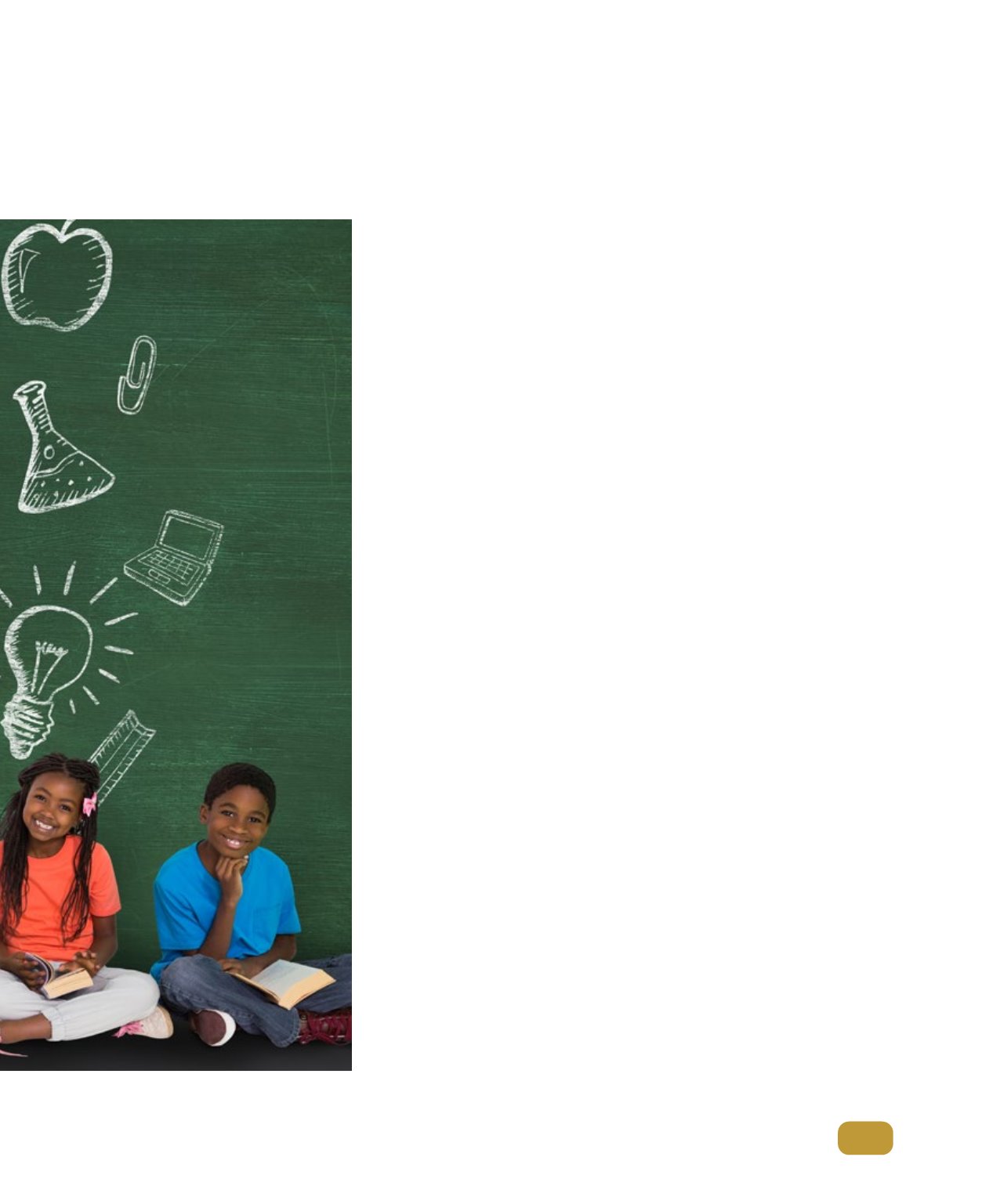

199
EDUCATION
Brunei’s education system is one that
is highly regarded and has a strong
focus on academic excellence. It
is a system that is continuously
evolving in order to meet the needs
of the country’s growing and diverse
population.
With the vision of ‘Quality Education,
Dynamic Nation’, the Ministry of
Education (MoE) aims to equip the
citizens with knowledge and 21
st
Century skills to contribute to the
nation’s growth. The MoE plans
towards a first class education system
under the long term outcomes of
the ministry’s Strategic Plan 2018-
2022, delivering holistic education to
achieve the fullest potential for all.
The country’s National Education
System for the 21
st
Century (SPN21)
takes into account the abilities of
individual students, offering multiple
pathways. Highly capable students
are able to complete their secondary
education in a shorter period.
Through this system, students have
the option to choose programmes
that best suit their abilities, interests,
growth and development.
Early childhood to
tertiary education
The MoE has a policy of providing a
minimum of 12 years of education.
This comprises seven years in primary
education (inclusive of one year in
preschool).
Primary education in Brunei is free
and compulsory for all children
between the ages of six and 11. It
is provided through a network of
government schools, which follow
the national curriculum set by the
MoE. The curriculum covers a wide
range of subjects, including Malay,
English, Mathematics, Science, Social
Studies, Islamic Studies, and Physical
Education.
Formal schooling in the country
begins at preschool level at the
age of five, followed by six years of
primary education. After the primary
school assessment at the end of Year
6, students will proceed to secondary
(tertiary) level.
Secondary education in Brunei is
also provided through a network
of government schools and is
divided into two levels: lower
secondary education (for students
aged 11 to 15) and upper secondary
education (for students aged 16 to
18). Students in lower secondary
education are required to study a
core curriculum that includes Malay,
English, Mathematics, Science, and
Islamic Studies. In upper secondary
education, students have the option
to choose from a range of academic
and vocational subjects.









